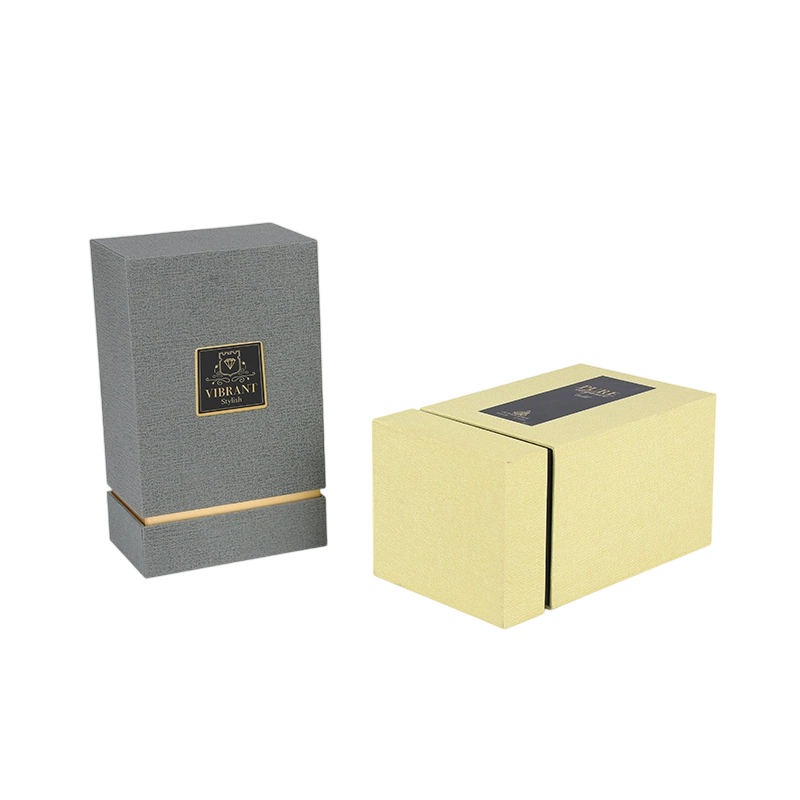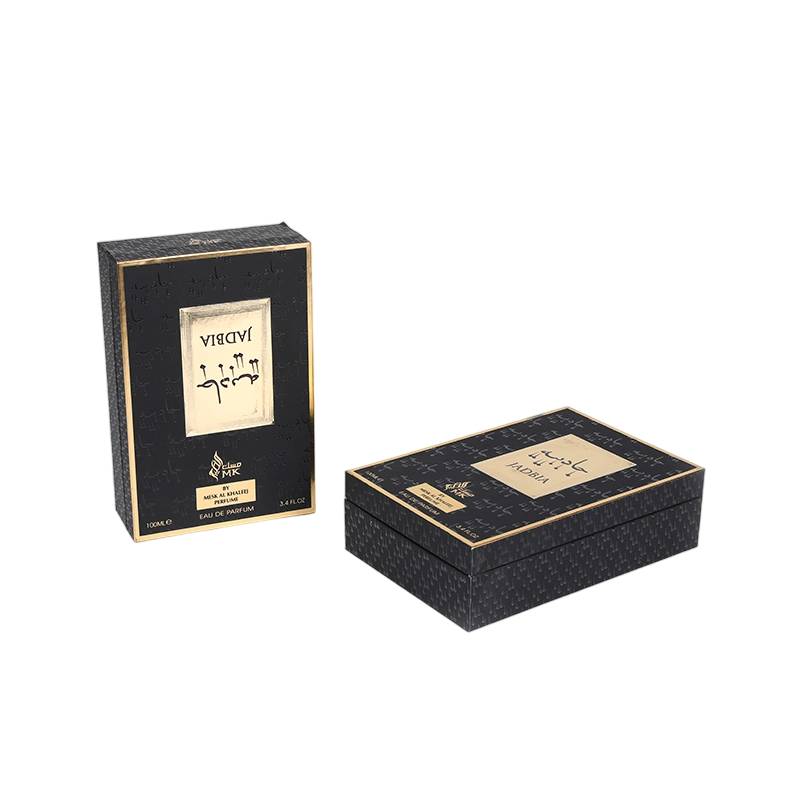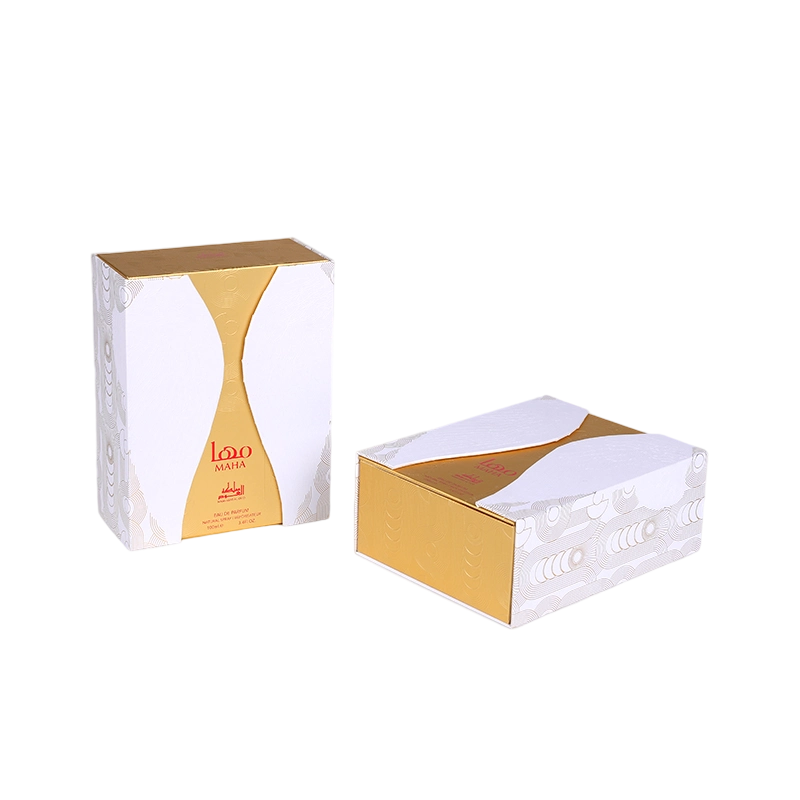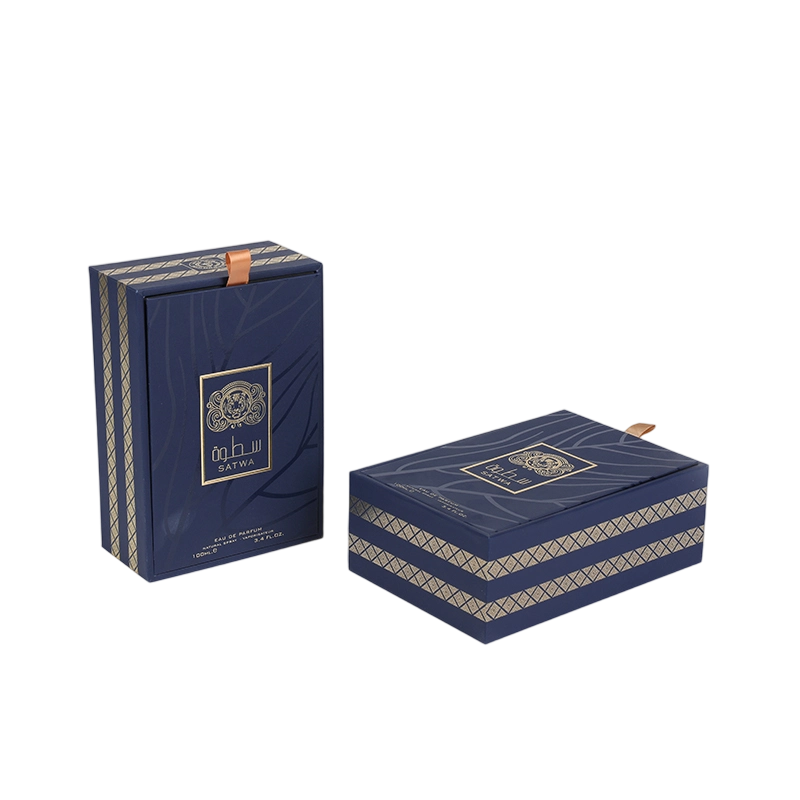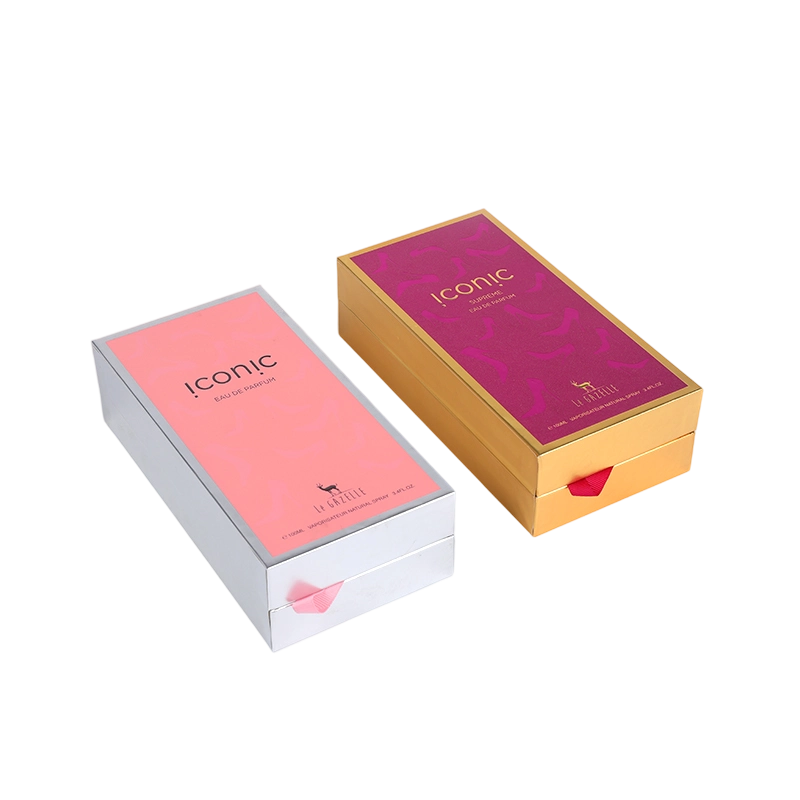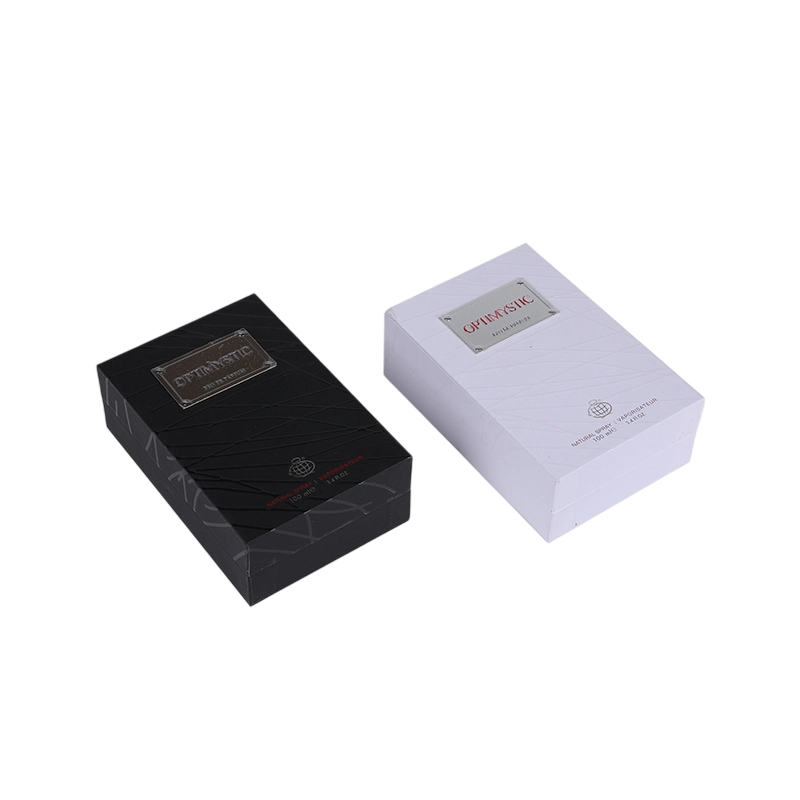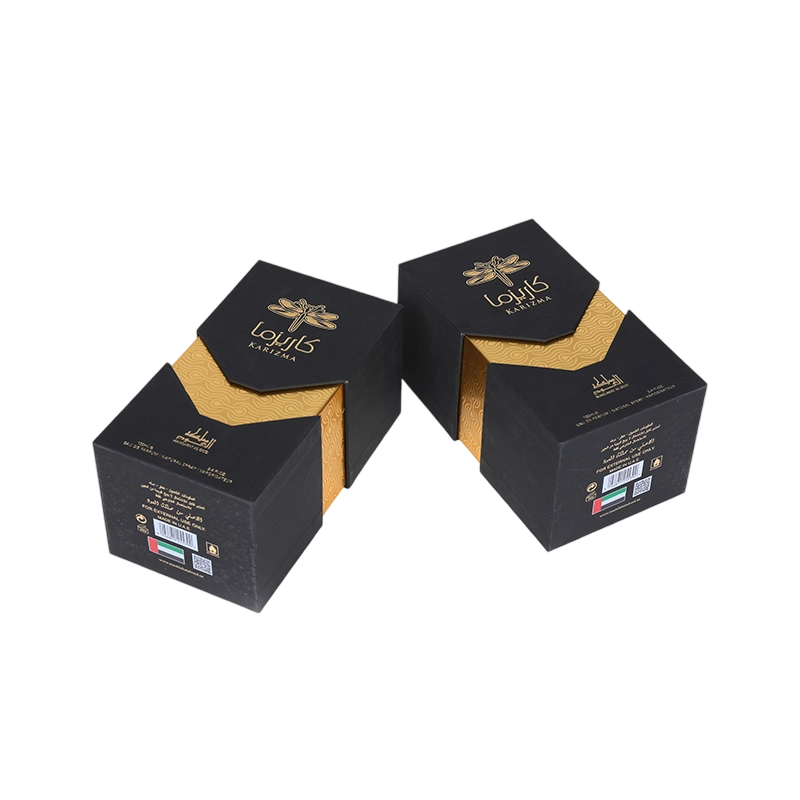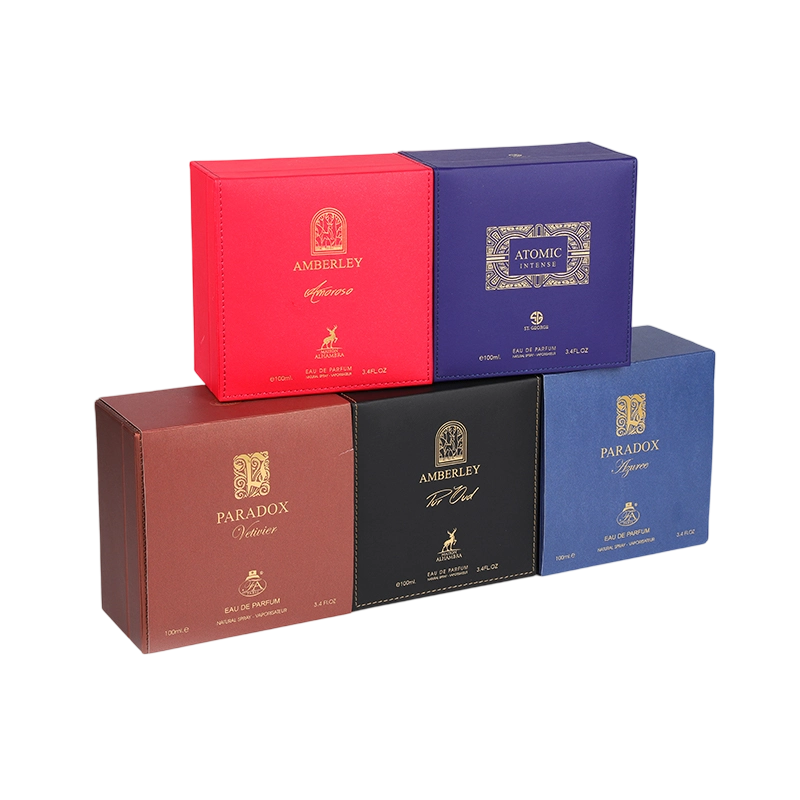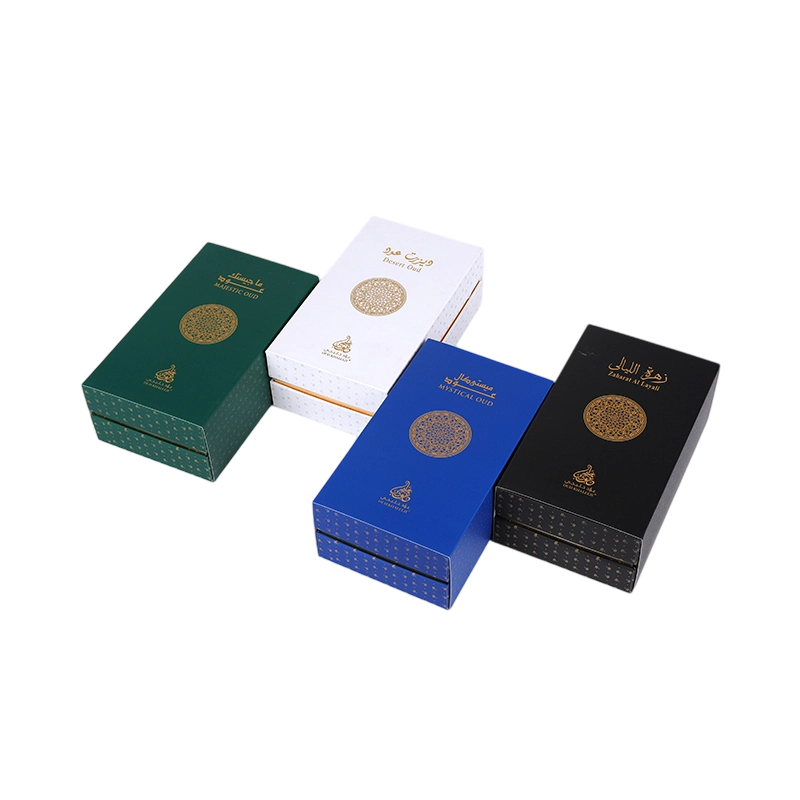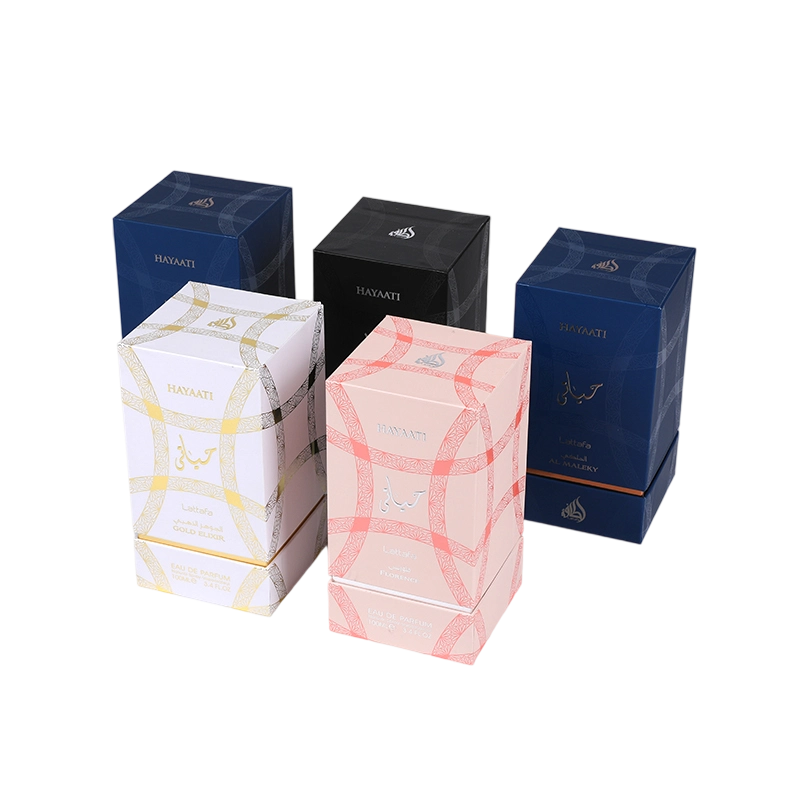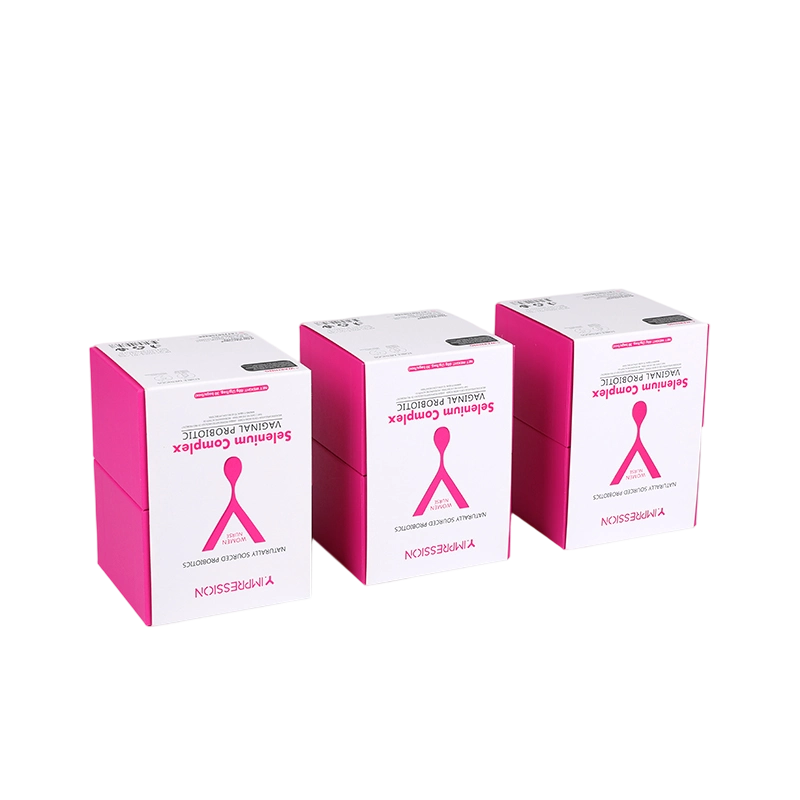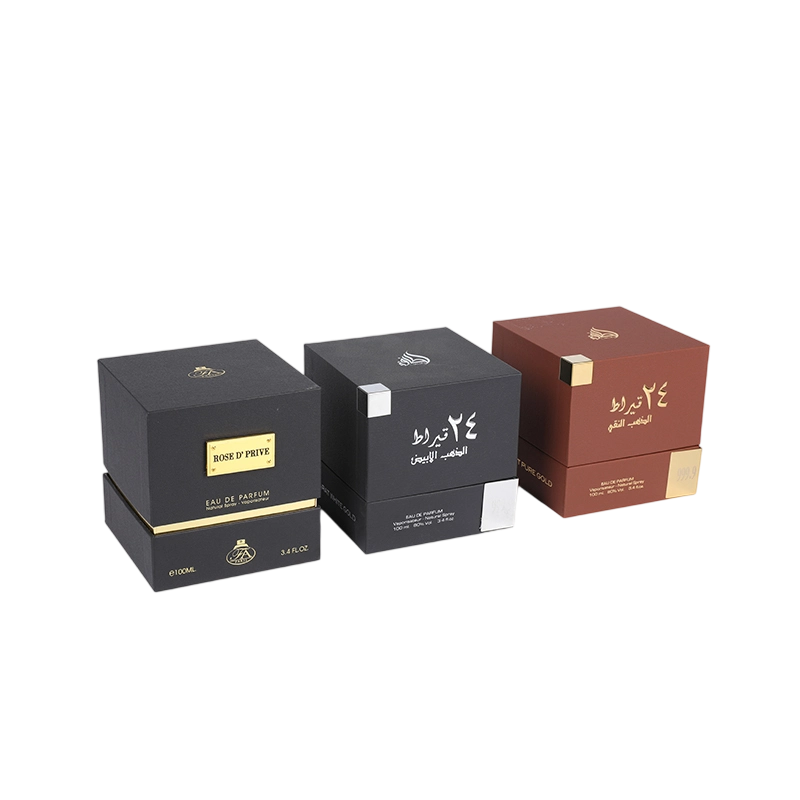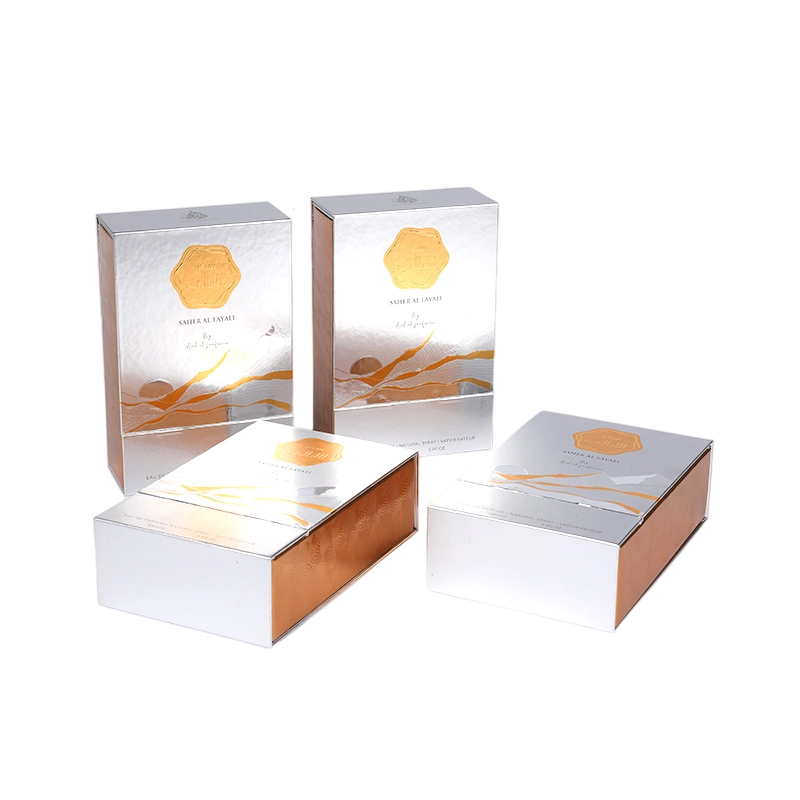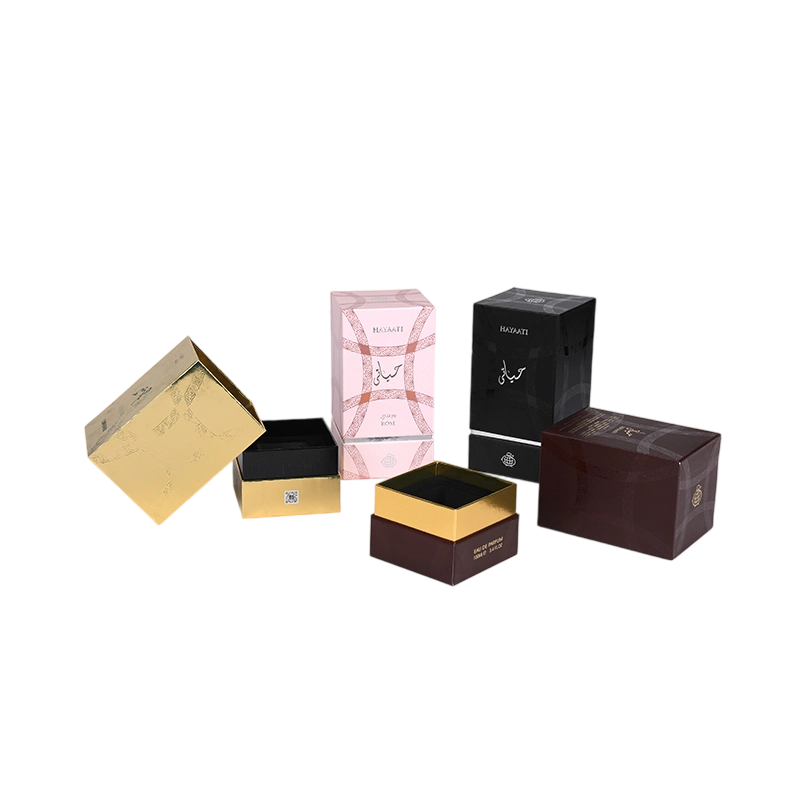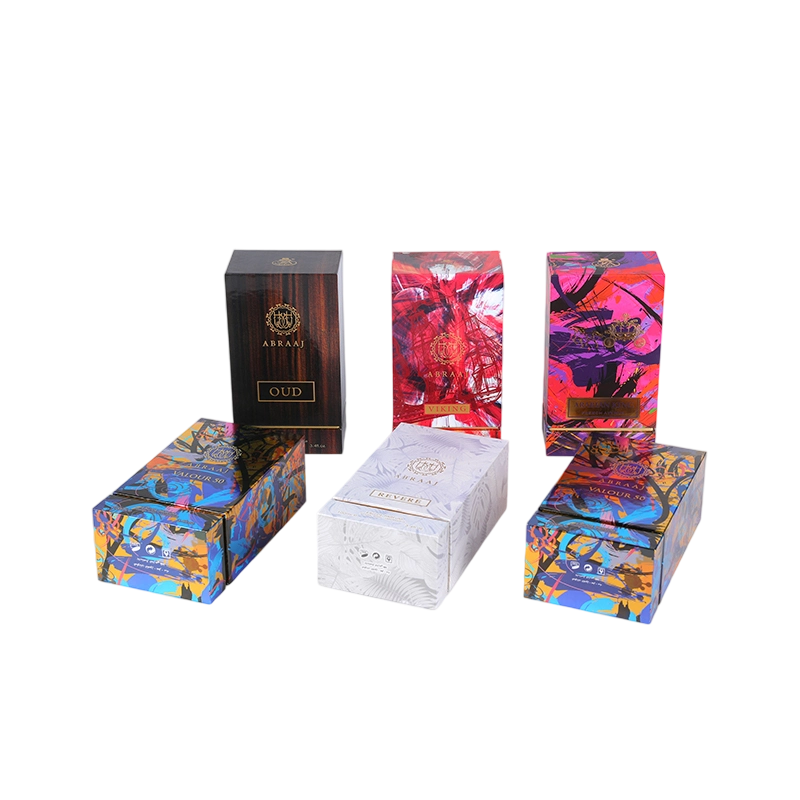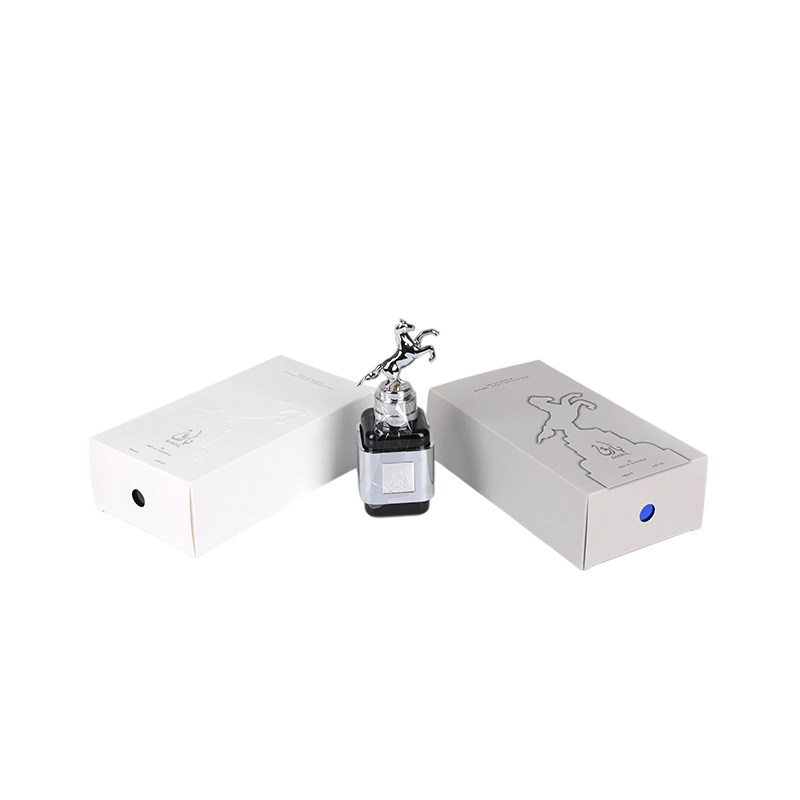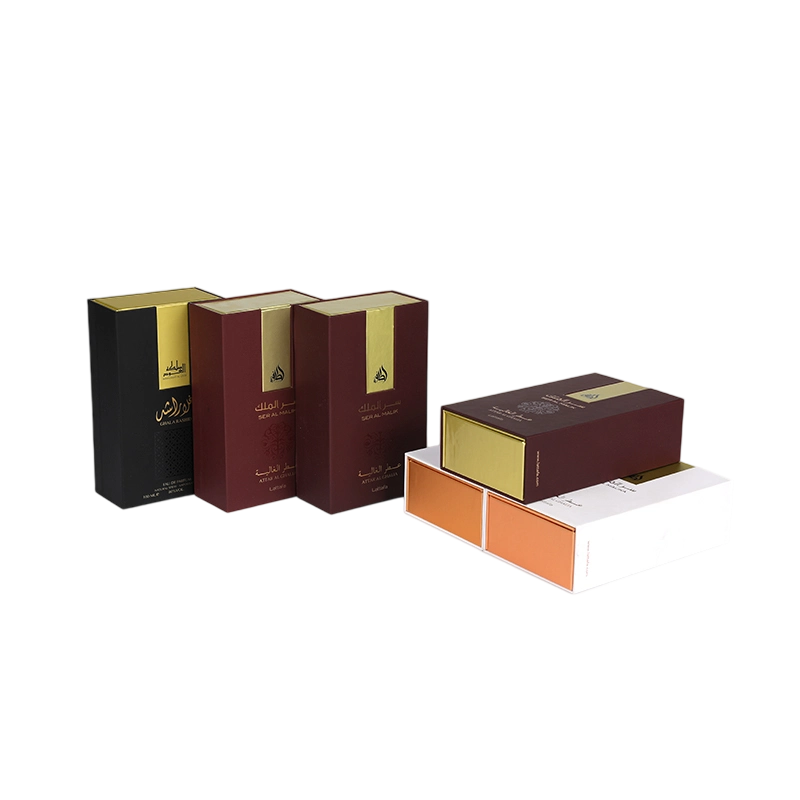Packaging is more than just a protective covering for products—it is a communication tool, a marketing element, and sometimes even part of the product’s identity. When it comes to comparing a gift box with regular packaging, the differences extend beyond appearance. Both serve distinct purposes, appeal to different consumer expectations, and offer unique advantages. To better understand these differences, let’s break down how gift boxes and regular packaging function in terms of design, purpose, and overall value.
Purpose and Function
The main purpose of regular packaging is practicality. It is designed to protect the product during transportation, storage, and handling. Whether it is a cardboard box for electronics, a plastic wrapper for snacks, or a paperboard carton for cosmetics, regular packaging ensures the product reaches the consumer safely and intact.
In contrast, a gift box has a dual purpose: protection and presentation. While it still safeguards the product inside, its primary role is to elevate the unboxing experience. Gift boxes are made to impress, surprise, and add a sense of value to the product. They are often used for celebrations, luxury items, or marketing campaigns where presentation matters just as much as the product itself.
Design and Aesthetics
Regular packaging focuses on functionality. Its design is usually simple, lightweight, and costefficient. Branding elements such as logos, colors, or product details may be printed, but the overall style remains practical and minimal. For example, the box for a household appliance will include instructions, barcodes, and safety symbols rather than decorative elements.
On the other hand, gift boxes are highly aesthetic. They are often created with premium materials, elegant printing, embossing, or even special textures like velvet or metallic finishes. Ribbons, magnetic closures, and custom inserts are common features. The design is not just about identifying the brand—it’s about making the receiver feel special. A wellcrafted gift box enhances emotional connection and perceived value.
Materials and Construction
Regular packaging often relies on costeffective materials such as corrugated cardboard, thin plastics, or standard paperboard. The goal is efficiency and scalability, especially for massproduced products.
Gift boxes, however, typically use sturdier and more luxurious materials. Rigid cardboard, specialty paper, fabric coverings, or ecofriendly recycled materials are common. Many gift boxes are reinforced to ensure they look elegant while still protecting fragile or premium products like jewelry, cosmetics, or wine bottles. The structure tends to be more elaborate, sometimes with compartments or foam inserts to hold items securely.

Consumer Perception
When consumers receive a product in regular packaging, they expect functionality and clarity. It communicates trustworthiness, safety, and practicality. For example, buying a box of cereal in plain packaging does not affect its enjoyment, since the focus is on the food itself.
With gift boxes, however, perception is elevated. The presentation itself becomes part of the gift. A beautifully designed gift box can make even an ordinary product feel luxurious. In marketing, this concept is referred to as “perceived value.” For instance, a perfume placed inside a velvetlined gift box with foil stamping immediately feels more premium than the same perfume in a plain cardboard package.
Occasions and Use Cases
Regular packaging is suited for everyday retail purchases, bulk shipments, and items where cost control is essential. Consumers expect to dispose of it quickly after unboxing.
Gift boxes are used for special occasions—birthdays, weddings, anniversaries, festive holidays, or corporate gifting. They are also popular in luxury industries like jewelry, watches, and highend cosmetics. Many people even keep the gift box for storage or decoration because of its beauty and durability.
Cost and Sustainability
Cost is a key differentiator. Regular packaging is relatively inexpensive and optimized for mass production. Brands focus on minimizing material costs while still meeting safety and regulatory requirements.
Gift boxes are more expensive to produce because they use higherquality materials and involve more complex manufacturing techniques. However, they can justify the higher cost because they add marketing value, encourage repeat purchases, and strengthen brand identity.
From a sustainability perspective, both regular and gift packaging face challenges. Regular packaging often uses disposable plastics, while gift boxes may use layered materials that are harder to recycle. Increasingly, ecofriendly alternatives like recyclable paper, biodegradable coatings, and reusable gift boxes are gaining popularity in both categories.
Emotional Impact
Perhaps the most important difference lies in the emotional impact. Regular packaging is practical—it delivers a product. Gift packaging delivers an experience. The process of untying a ribbon, lifting a magnetic lid, or revealing a carefully wrapped interior adds anticipation and excitement. This is why luxury brands invest heavily in their packaging: the customer remembers not just the product but the entire unboxing moment.
So, what is the difference between a gift box and regular packaging? At the core, both protect and deliver products, but their roles diverge significantly. Regular packaging emphasizes function, affordability, and efficiency, while gift boxes highlight beauty, luxury, and emotional connection.
If the goal is simple product delivery at a low cost, regular packaging is the practical choice. But if the goal is to impress, celebrate, or enhance brand prestige, a gift box is the superior option.
In today’s competitive market, many businesses combine both strategies—offering reliable regular packaging for standard sales while introducing premium gift box options for special editions or occasions. This way, they meet both everyday consumer needs and the desire for meaningful, memorable experiences.

 English
English 中文简体
中文简体 عربى
عربى
